Discover the Rich Diversity of Sephardic Jewish Communities Across Continents
For centuries, Sephardic Jews have built vibrant communities across North Africa, the Middle East, Europe, Asia, and the Americas. United by shared origins in the Iberian Peninsula and a legacy of resilience, these communities reflect the incredible cultural, religious, and historical depth of Sephardic Jewish culture.
Whether in Morocco, Iraq, Amsterdam, or India, Sephardic Jewish communities have preserved distinct customs in music, prayer, food, law, and language—each shaped by local influences and centuries of movement, exile, and renewal.
🌍 Explore Global Sephardic Communities
🕌 North African Sephardim
Discover the historic Jewish communities of Morocco, Algeria, Tunisia, Libya, and Egypt, where Judeo-Arabic, Andalusian melodies, and unique holiday customs continue to echo through time.
👉 Explore North African Sephardim »
🕍 Western Sephardim
Trace the paths of Jews expelled from Spain and Portugal during the Inquisition who settled in Amsterdam, London, Italy, and the New World, building communities steeped in dignity, diplomacy, and tradition.
🏺 Eastern & Middle Eastern Sephardim
From Iraq to Syria, Iran, Yemen, and Turkey, the Eastern Sephardic world produced towering rabbis, mystical teachings, and robust urban communities rooted in centuries-old Mesopotamian and Ottoman cultures.
🌐 Bnei Anusim & Emerging Communities
Many today are rediscovering their Sephardic ancestry—descendants of forcibly converted Jews known as Bnei Anusim—reclaiming traditions in Latin America, Spain, and beyond. Learn about this powerful return to identity.
🧬 What Unites Sephardic Jewish Communities?
Despite geographic distance, Sephardic communities have historically shared:
- Liturgical traditions: Centered around piyutim, classical Sephardic melodies, and the prayer customs of Edot HaMizrach.
- Halachic rulings: Influenced by sages like Rabbi Yosef Karo and the Shulchan Aruch.
- Languages: Including Ladino, Judeo-Arabic, Hebrew, and more.
- Lifecycle customs: Weddings, brit milah, and mourning practices deeply rooted in ancient traditions.
- Cultural expressions: Distinct music, cuisine, textiles, and religious art.
These shared elements offer a strong sense of spiritual unity while celebrating regional uniqueness.
✨ Why This Matters Today
In a rapidly globalizing world, reconnecting with Sephardic Jewish heritage strengthens identity and bridges generations. Learning about where we come from helps guide where we’re going—as individuals, families, and a people.
Whether you’re Moroccan, Syrian, Spanish-Portuguese, Iraqi, or newly exploring your ancestry, Sephardic U is here to support your journey.
💬 “To know your roots is to water your future.”
🧭 Dive Deeper Into Sephardic Jewish Culture
Explore the links below to learn more about each community:
- Morocco »
- Iraq »
- Spain »
- Portugal »
- Yemen »
- Tunisia »
- Iran »
- India & Cochin Jews »
- Amsterdam & London »
- Bnei Anusim »
Want to contribute a story or photo archive? Get Involved »

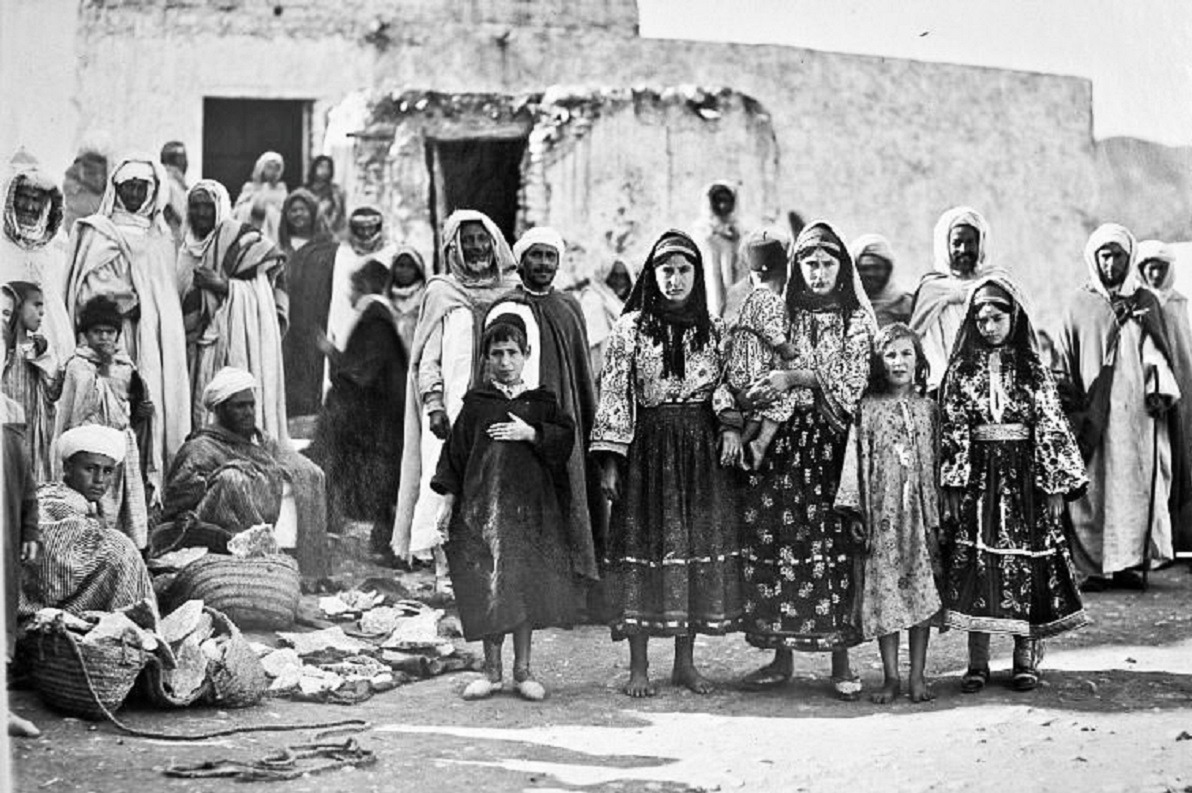

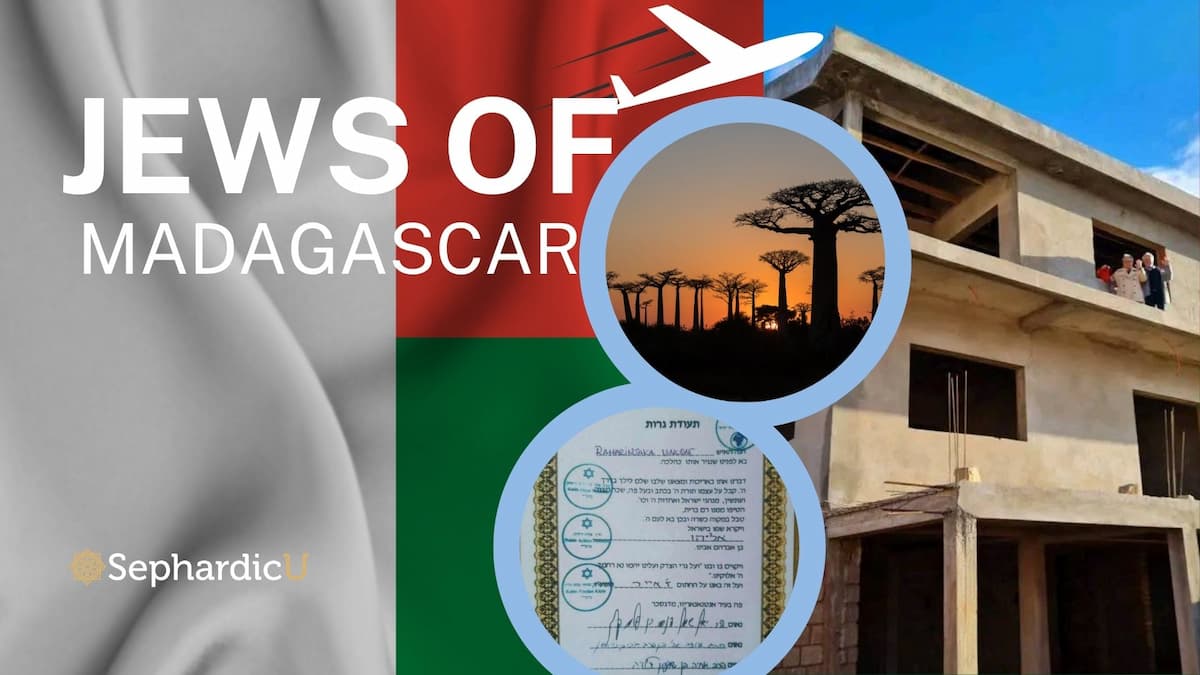
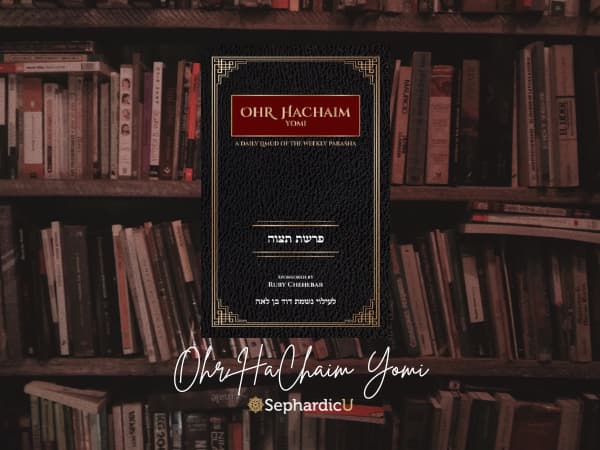
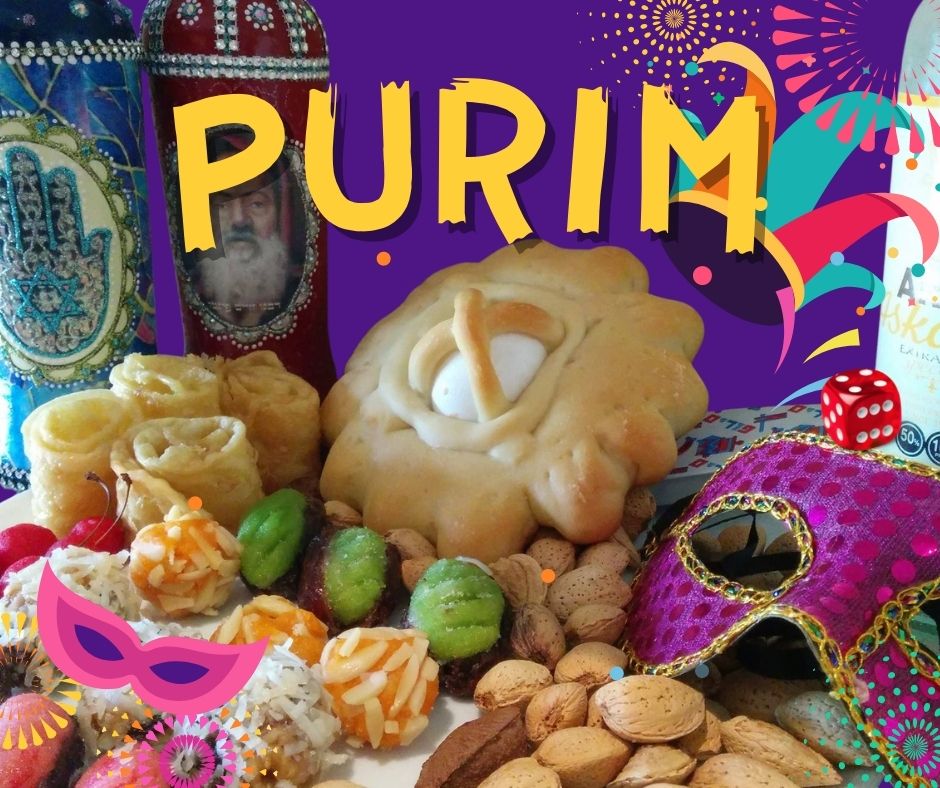
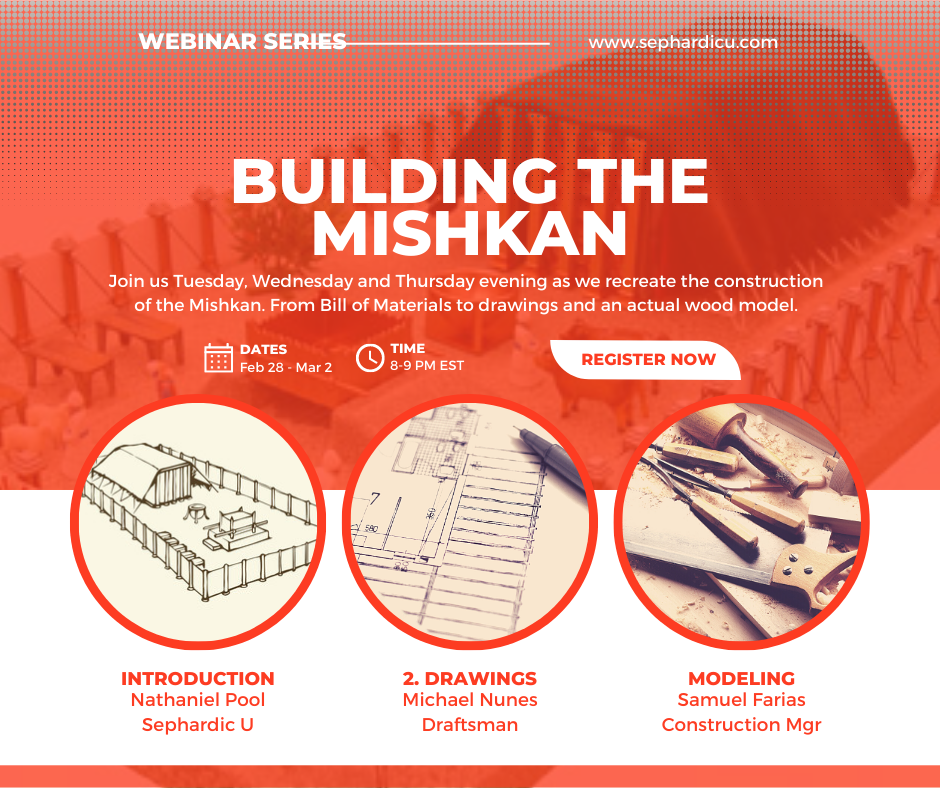

Ohr HaChaim Yomi – Emor